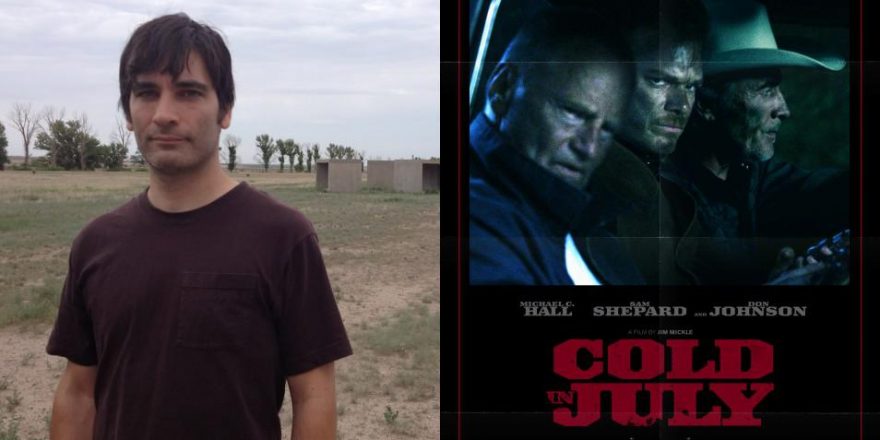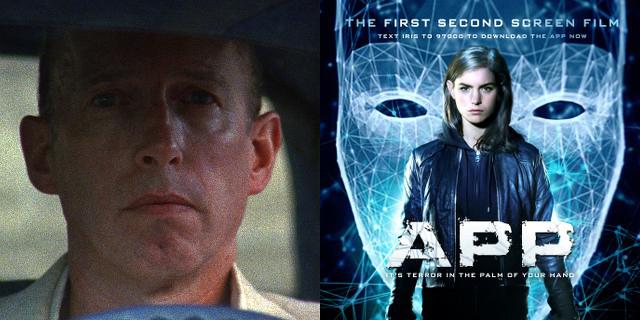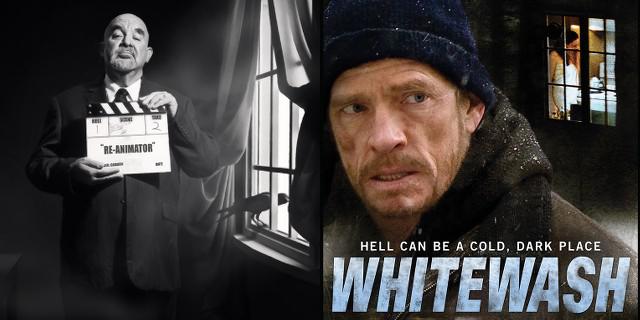As editor of the website Hammer to Nail, I’ve been concerned for many years with the gazillion-dollar question of how independent movies can reach audiences outside the film festival bubble, out there in the “real world.” As writer/director of one such independent movie, Ping Pong Summer, which is about to be released in theaters and on VOD in the midst of an almost comically over-populated summer season, I am consumed by it. It’s easy enough to blame it all on money – i.e., if your movie doesn’t have a three-million-dollars-or-more marketing budget you can kiss any chance of actual success goodbye – and while that is a painful, unavoidable reality, there’s perhaps another more uncomfortable and disheartening factor at play here: maybe the majority of audiences just want to be entertained when they sit down to watch a movie? Maybe the only time they care enough to consider “art” is when they are condemning and dismissing it?
After pondering this dilemma for years, both as a filmmaker and a film lover, the only solution I’ve come up with is this: maybe, just maybe, the ideal scenario is some sort of sweet spot in between, where art isn’t sacrificed for entertainment’s sake, nor the other way around. Perhaps the pyrotechnics- and superhero-obsessed multiplexers could benefit from some actual humanity and drama in their movie-watching lives, while at the same time, the uptight, pretentious cinephile crowd could afford to laugh a little and not take their screen time so seriously? Inside this magical sweet spot, art and entertainment would fuse in an exhilarating way. They’d become indistinguishable from one another. They’d be both at the exact same time.
Which is where Jim Mickle comes into play. With his previous film, We Are What We Are, and now Cold in July, Mickle has comfortably nestled himself in the dead center of that sweet spot. We Are What We Are was a striking example of slow-burn horror, and while Cold in July can be best described as a dramatic thriller, it shifts and stretches in ways that make it hard to pin down. It makes complete sense that Cold in July is adapted from a novel (We Are What We Are was a remake of a foreign language movie, which is a whole ‘nother evening of discussion), but what’s surprising is how well it comes to life on the screen. The reasons for this are more easily appreciated than explained, but I think it’s safe to say that Mickle is simply a superior filmmaking talent, one who is able to solidly grasp his source material, as well as utilize his creative medium of choice, in a way that so many lesser directors cannot.
Cold in July begins as a taut thriller, with a stranger invading the home of Richard Dane (Michael C. Hall), his wife Ann (Vinessa Shaw), and their young son. It’s all darkness and slow push-ins — as tense as a fictional movie can get — and yet an hour or so later, we’re hanging out in a country house with Hall and Sam Shepard and Don Johnson, lounging around in a bent, mismatched buddy comedy of some sort. But before we can get too comfy in those boots, the film takes another big swerve into shocking revenge action territory, unleashing the blood in bombastically gory buckets. Somehow, even with the score similarly careening around, from drone-y menace to Drive-esque electropop, the whole enterprise remains cohesive. Or if not “cohesive,” it certainly never falls apart at the seams. How is that possible? My explanation: this is one of those increasingly rare instances when we are in the hands of a director who is clearly having fun with his material and his collaborators, who is as conscious of his moment-to-moment need to entertain as preserving his artistic integrity every step of the way.
I’m not sure why exactly, but something about the experience of watching Cold in July reminded me of being an aspiring filmmaker and budding cinephile in the 1990s, coming into contact with independent cinema for the very first time and discovering movies like One False Move, Reservoir Dogs, and Eye of God. Though the story is set in the 1980s, I don’t think it’s as superficial as that. Mickle’s film just has a freewheeling, even meandering, spirit about it that seems more at ease with itself and less rushed than most independent movies nowadays.
Speaking of movies nowadays, there’s a very strong cinematic kinship between the work of Mickle and Jeremy Saulnier, whose Blue Ruin is one of the most accomplished American movies of 2014. (As I write this, the jury is still out as to whether or not the seemingly well-orchestrated and heavy push of Blue Ruin by RADiUS-TWC has managed to get this independent gem over the hump.) Like Cold in July, Blue Ruin also lands in the sweet spot of “artistic entertainment.” As I gear up to release my own independent movie into the world, I can’t help but have the frightening thought: if Cold in July and Blue Ruin don’t end up connecting with audiences on an even somewhat “broad” level, maybe it’s time to give up completely.
For me personally, watching Cold in July was an invigorating and inspiring experience, as it reaffirmed my belief that art and entertainment need not be mutually exclusive. Mickle wields his directorial scalpel with striking precision. And while it’s a lot to ask of myself to find a similarly well-calibrated middle ground with my own movies, it nonetheless gives me something to aspire to. As a viewer, I’ll watch stuff all over the cinematic map. But as a director, I too want to make entertaining art.





